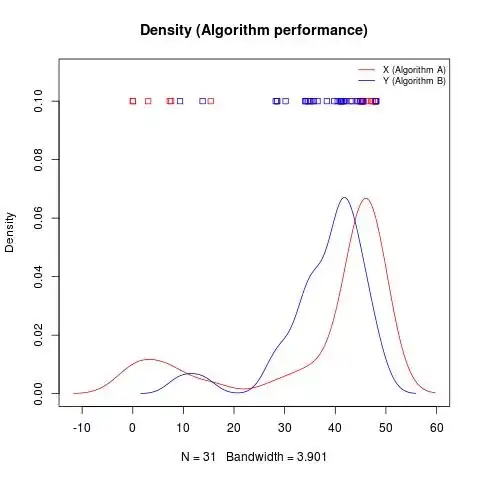If the reason that standard deviation is used is that it's easier to just square the distance every time than find the absolute value. Then why is √(E(x-m)^2)/n not used because if I'm not mistaken |x| = √(x^2) and wouldn't that mean that E|x-m| = √(E(x-m)^2) ?

Asked
Active
Viewed 25 times
0
Bob Ross
- 1
- 1
-
Your "and that would mean" deduction is incorrect. – whuber Aug 21 '20 at 17:31
-
I wrote it wrong my bad – Bob Ross Aug 21 '20 at 23:32
-
1The assertion $E|x-m| = \sqrt{E\left(X-m\right)^2}$ is not correct; you can't pass a square root to the inside of an expected value. This can be seen either by example (with an explicit calculation) or by [Jensen's inequality](https://en.wikipedia.org/wiki/Jensen%27s_inequality) – Artem Mavrin Aug 22 '20 at 00:04